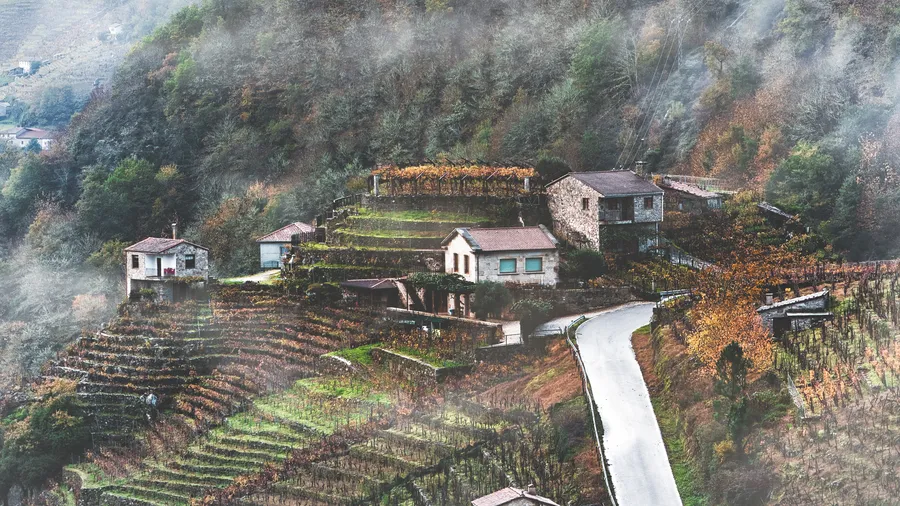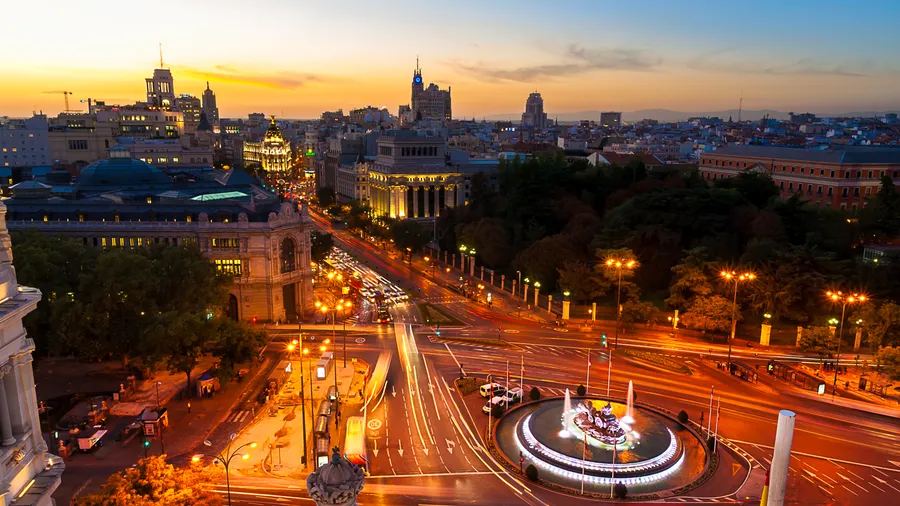
Monumental / Historic Area
Immerse yourself in living history. Streets and monuments witness the past, inviting you to connect authentically with our roots.
About this category
**Monumental / Historic Area**
A Monumental or Historic Area is a defined geographical area encompassing a significant collection of buildings, structures, archaeological sites, or urban spaces possessing high historical, artistic, architectural, cultural, or scientific value. Essentially, it serves as a living witness to the past, a space where the density and quality of the built heritage and its urban fabric reflect crucial periods and events in human history.
Its uniqueness lies in the con…
**Monumental / Historic Area**
A Monumental or Historic Area is a defined geographical area encompassing a significant collection of buildings, structures, archaeological sites, or urban spaces possessing high historical, artistic, architectural, cultural, or scientific value. Essentially, it serves as a living witness to the past, a space where the density and quality of the built heritage and its urban fabric reflect crucial periods and events in human history.
Its uniqueness lies in the concentration and preservation of this valuable legacy, offering a unique immersion into past eras. These are places where history is not just told, but felt through their cobblestone streets, centuries-old facades, and monuments that narrate centuries of evolution, art, and culture. They represent the identity, collective memory, and deep roots of a community or nation, often acting as the cultural and civic heart of a locality.
These spaces are of great interest to a wide audience: historians, architects, urban planners, researchers, students, and, very notably, cultural tourists. They offer an invaluable opportunity to understand the legacy of past civilizations, appreciate the craftsmanship and architectural mastery of different periods, and connect tangibly with the origins and evolution of societies. They are key destinations for those seeking to enrich their knowledge, experience authentic encounters, and appreciate the intrinsic beauty of preserved heritage.
They can vary widely in scale and typology, from vast historic centers of large cities, often recognized as UNESCO World Heritage sites, to smaller monumental complexes, neighborhoods specifically designated for their relevance in a particular period, or extensive archaeological sites integrated into the urban or natural landscape.
The most typical and evident activity in these areas is cultural tourism, which includes guided tours, themed routes, exploration of museums and galleries located within the area, and participation in cultural events celebrating local history and traditions. They are closely related to entities such as 'Historic Monuments,' 'Museums,' 'Cultural Heritage,' and the 'Cultural Tourism' industry, serving as central hubs for the conservation and dissemination of our past.










